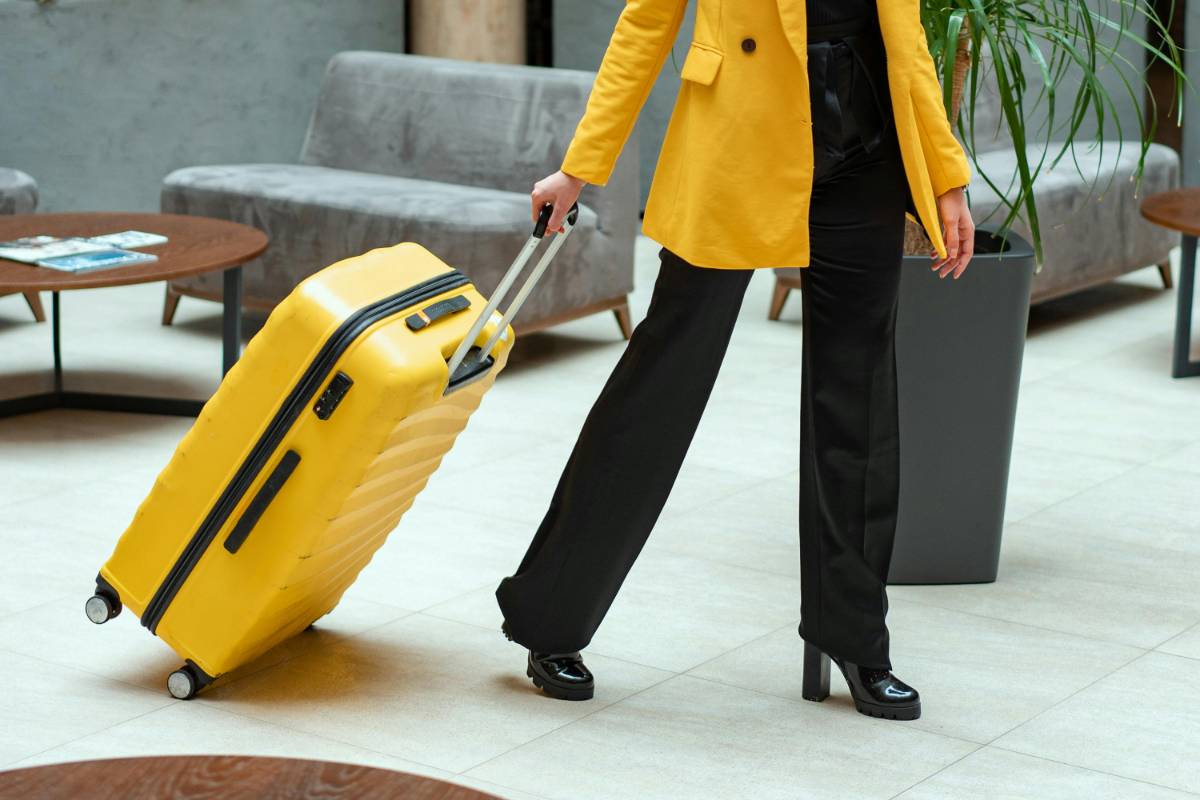
Before you travel, spend time learning about your destination. This includes understanding local customs, laws, and cultural norms to ensure you don’t unintentionally offend anyone or find yourself in an awkward situation. Familiarize yourself with the area’s current safety situation, including political stability, common scams, and areas best avoided.
By Robert Anthony Brown · 04 Aug 2025
Traveling abroad opens up a world of exciting experiences, from discovering new cultures to exploring breathtaking landscapes. However, safety is an essential part of ensuring your journey is enjoyable and worry-free. With the right precautions, you can safeguard yourself against potential risks and make the most of your trip.
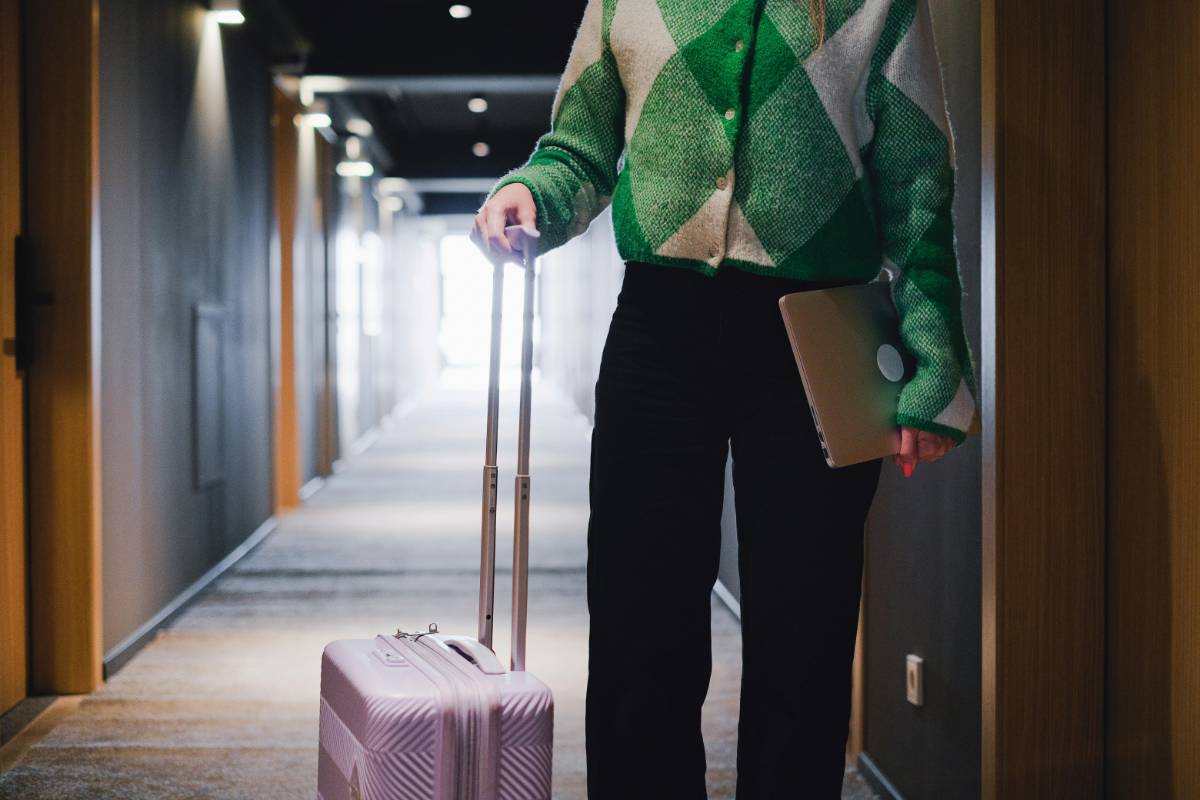 Research Your Destination Thoroughly
Research Your Destination ThoroughlyBefore you travel, spend time learning about your destination. This includes understanding local customs, laws, and cultural norms to ensure you don’t unintentionally offend anyone or find yourself in an awkward situation. Familiarize yourself with the area’s current safety situation, including political stability, common scams, and areas best avoided.
Use reliable sources such as government travel advisories, reputable travel blogs, and official tourism websites. Knowledge about your destination will empower you to navigate confidently, minimizing surprises along the way.
Secure Your Documents and ValuablesMake copies of important documents like your passport, visa, insurance information, and travel itinerary, and store them separately from the originals. Additionally, consider scanning these documents and saving them securely online for easy access.
Use a money belt or a neck wallet to keep cash and valuable items safe. When heading out, carry only the essentials and leave the rest locked in a hotel safe or secure location. Avoid displaying expensive items, as this can make you a target for theft.
Maintaining regular contact with friends or family members can be a vital safety net. Inform them of your itinerary and check in periodically. Have local emergency contact numbers saved on your phone, including police, medical services, and your country’s embassy or consulate.
Consider investing in an international phone plan or a local SIM card to ensure you’re reachable and can access maps and translation apps as needed. In case of an emergency, having communication readily available can make a significant difference.
In some countries, tourists can stand out as easy targets for scams or theft. To reduce this risk, try to blend in with locals by dressing modestly and appropriately for the culture. Avoid wearing clothing or accessories that may signal you are a foreigner or draw attention to your wealth.
Respect the local etiquette, and observe how people behave in public places. Blending in can enhance your travel experience by helping you gain acceptance from locals while also increasing your personal safety.
 Be Cautious with Food and Water
Be Cautious with Food and WaterConsuming food or water from unfamiliar sources can lead to illness, particularly in regions where sanitation practices may differ. Stick to bottled water or water that has been boiled, especially if you’re unsure about the water quality. Similarly, be cautious with ice cubes as they may be made from tap water.
When trying local food, opt for well-cooked dishes and popular street food stalls with high turnover, which often indicates fresher food. If you have dietary restrictions or allergies, learning some phrases in the local language or using a translation app can help you communicate your needs effectively.
Stay Aware of Your SurroundingsSituational awareness is crucial while traveling abroad. Pay attention to people around you, especially in crowded areas like markets, tourist sites, or public transportation. Pickpocketing is a common issue in crowded spots, so keep your belongings close and secure.
Trust your instincts and be cautious if someone seems overly friendly or tries to distract you. Scammers often use these tactics to target tourists. Staying alert can help you avoid potential problems and enjoy a safer experience.
Protect Yourself with Travel InsuranceTravel insurance is an essential investment that provides coverage for unforeseen events such as medical emergencies, trip cancellations, or lost belongings. Before purchasing, review the policy to understand what it covers and ensure it’s suited to your travel needs.
Having travel insurance can offer peace of mind and protect you from financial losses if an unexpected situation arises. Be sure to keep a copy of your insurance policy and contact information on hand.
Trust Your Instincts and Stay VigilantIntuition is one of the best tools you have while traveling. If a situation or person feels off, trust your instincts and remove yourself from the situation. Don’t be afraid to say no or walk away if someone pressures you into doing something that makes you uncomfortable.
Being vigilant and cautious doesn’t mean you can’t have fun. It’s about balancing awareness with enjoyment to ensure a rewarding and safe travel experience.
Conclusion: Enjoy Your Journey with Peace of MindTraveling abroad can be one of the most enriching experiences in life. By prioritizing safety and staying prepared, you allow yourself to fully embrace the adventure while minimizing risks. With a little caution and preparation, your journey will be smoother, and you’ll come back with memories to last a lifetime.
Subscribe to our newsletter to get our newest articles instantly!

Senior Contributor
Robert Anthony Brown is passionate about impactful storytelling. With a unique voice and deep insights, they turn everyday stories into compelling reads that resonate and inform.
Read Full Bio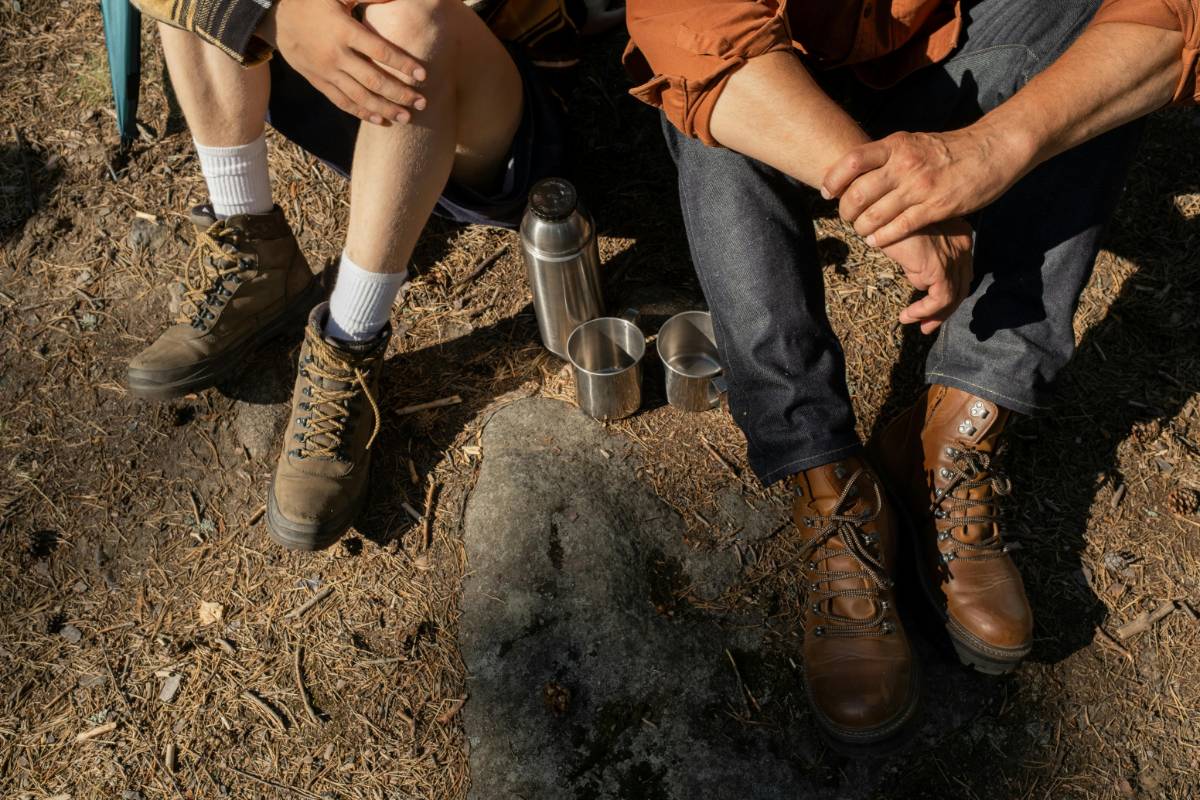
Traveling for the first time can be an exhilarating yet daunting experience. Whether you're embarking on a solo adventure, exploring a new country, or heading to a new city, the journey can present unique challenges. But with the right preparation, first-time travelers can enjoy a smooth and memorable trip. Below are essential travel tips that will help you navigate your first journey and ensure a hassle-free experience.1158a.jpg***Plan Ahead and Research Your DestinationBefore you even think about packing, take the time to research your destination thoroughly. Learn about the culture, local customs, weather conditions, and important landmarks. Understanding the basics of the local language can also go a long way in making your trip easier and more enjoyable. Apps like Google Translate can be a lifesaver if you’re traveling to a place where you don’t speak the language.In addition to understanding cultural norms, it’s important to know the practical details. Look up things like the local transportation system, emergency numbers, and tips on safety. The more you know before you go, the more confident and comfortable you will feel while traveling.***Create a Detailed ItineraryHaving a basic itinerary is essential, especially for first-time travelers. While it's good to stay flexible, having a rough idea of your travel schedule can help you stay organized and reduce stress. Plan your arrival times, accommodations, and major activities so that you don’t waste time figuring things out when you arrive.Consider booking accommodations, flights, and activities in advance, as this can often save you time and money. For example, pre-booking tickets to popular tourist attractions can help you avoid long lines. Make sure to double-check your reservations before departure to ensure everything is in order.***Pack Light and SmartOne of the most common mistakes first-time travelers make is overpacking. While it’s tempting to bring everything you think you might need, packing light will save you time, energy, and money. Limit yourself to the essentials and choose clothing items that can be mixed and matched for different outfits.Don’t forget to pack important documents like your passport, travel insurance, and any necessary visas. Having a photocopy of your passport and other identification can also be helpful in case of loss or theft. And don’t forget about chargers, a power bank, and any medications you may need.***Understand Your Finances and BudgetKnowing your budget and how to manage your money while traveling is crucial for first-time travelers. Start by setting a realistic budget for your trip that includes transportation, food, accommodation, activities, and unexpected expenses. Research the cost of living at your destination to avoid any financial surprises.Consider using credit cards that offer travel rewards or no foreign transaction fees. It’s also a good idea to carry some local currency for smaller expenses, although many places now accept card payments. Notify your bank ahead of time if you plan to use your credit or debit cards abroad to avoid any issues.***Stay Healthy and SafeYour health and safety should always be a priority, especially when traveling to unfamiliar places. Make sure you have the necessary vaccinations before traveling to certain destinations, and don’t forget to pack a basic first aid kit. Always stay hydrated and avoid drinking tap water unless it’s confirmed to be safe.If you’re traveling to a destination with a higher risk of illness or injury, make sure to check any local advisories and health recommendations. It’s also important to have travel insurance that covers medical expenses and any emergencies that may arise during your trip.***Stay ConnectedStaying connected while traveling is important, not only for staying in touch with family and friends but also for navigating your destination. Make sure your phone plan includes international coverage, or consider purchasing a local SIM card for cheaper rates on data and calls.Download travel apps such as maps, local transportation apps, and currency converters. Having reliable internet access and navigation tools will make it much easier to explore a new place without getting lost or overwhelmed.1158b.jpg***Learn Basic Local PhrasesWhile English is widely spoken in many countries, it's always helpful to know a few basic phrases in the local language. Simple greetings, asking for directions, or ordering food in the local language can enhance your travel experience and show respect for the culture.Even if you're not fluent, locals will appreciate the effort. Use language apps to learn a few essential phrases before your trip, or carry a translation guide with you for quick reference.***Keep Important Documents SecureIt’s important to keep your passport, identification, and other important documents secure during your trip. Carry a secure, money belt or neck pouch to store these documents safely. Avoid leaving them in easily accessible places, such as your back pocket or a handbag.It’s also a good idea to have digital copies of your passport and travel documents, in case they are lost or stolen. Store these copies securely in the cloud or on a secure app, where you can easily access them in an emergency.***Embrace Local Cuisine and CulturePart of the fun of traveling is immersing yourself in the local culture, and food is one of the best ways to do so. Don’t be afraid to try new dishes, even if they’re different from what you’re used to. Food can tell you a lot about a place’s history and people.Be mindful of food hygiene and local food customs. In some countries, street food is incredibly safe and delicious, while in others, it might be best to stick to established restaurants. No matter where you go, trying local dishes will make your trip much more memorable.***Keep Your Expectations in CheckTraveling can be a wonderful experience, but it’s important to keep your expectations realistic. Not everything will go according to plan, and things may not always be as you imagined them. From flight delays to weather changes, be prepared for a few hiccups along the way.Maintaining a positive and flexible attitude will make your trip much more enjoyable. Focus on the experiences and memories you’re creating rather than worrying about things that go wrong.***Final ThoughtsTraveling for the first time is an exciting adventure, and with the right preparation, you can ensure it’s a smooth and enjoyable experience. By planning ahead, staying organized, and keeping safety in mind, you’ll set yourself up for success on your first journey. The world is waiting, so go out and explore it with confidence!
By Christopher David Wilson · 26 Jul 2025
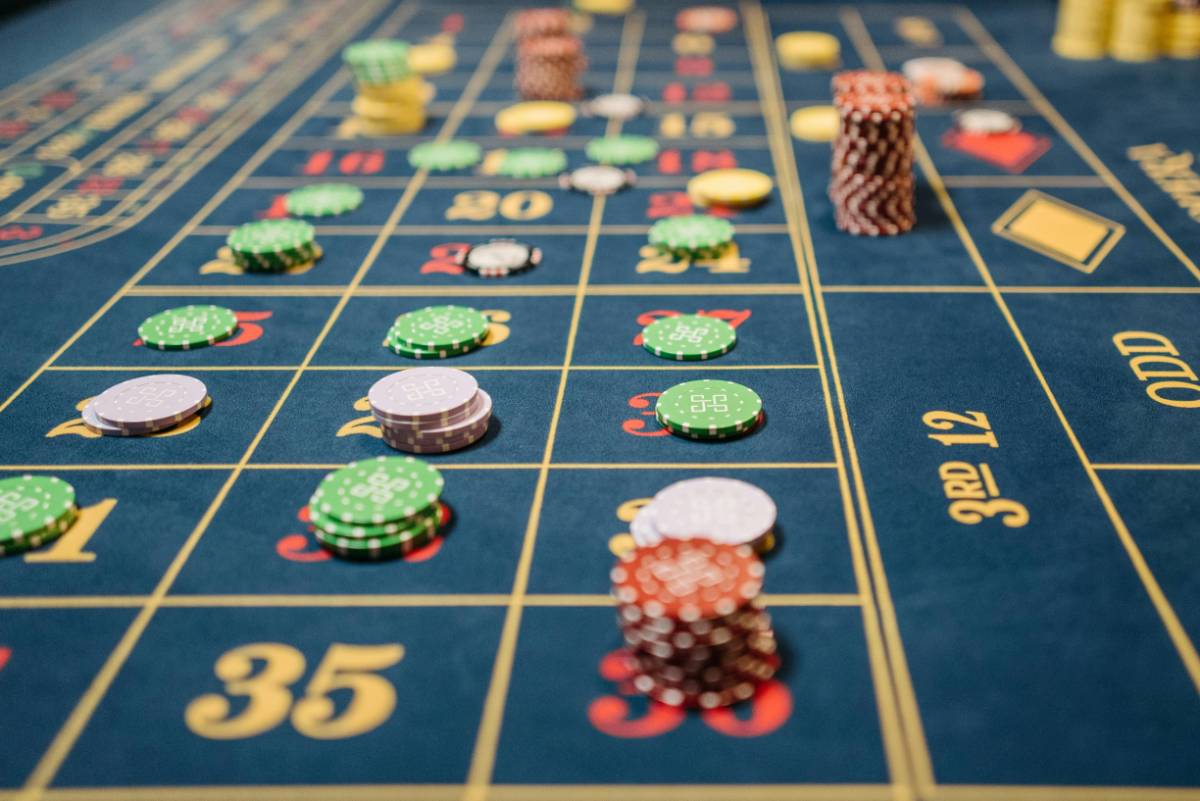
Roulette is often seen as a game of pure chance, but the truth is that understanding the odds behind each bet can transform the way you approach the wheel. Whether you’re a casual player or someone who takes strategy seriously, knowing how the odds work gives you clarity, helps manage expectations, and allows you to make smarter decisions during every spin.***The Basics of Roulette OddsIn American Roulette, the wheel has 38 pockets: numbers 1 to 36, a single zero (0), and a double zero (00). Each spin is independent, and every pocket has an equal chance of being the outcome. The presence of two zeros gives the house a 5.26% edge, which is higher than European Roulette. This fundamental difference impacts the odds of every bet you make.***Inside Bets and Their OddsStraight-Up Bet: Betting on a single number offers a 35-to-1 payout, but the chance of hitting it is only 1 in 38. This is high-risk, high-reward.Split Bet: Covering two numbers with one chip pays 17-to-1, with odds of 2 in 38.Street and Corner Bets: These bets cover three or four numbers, improving your chances slightly while still offering attractive payouts.These bets are thrilling but carry a lower probability of winning compared to outside bets.***Outside Bets and Their OddsRed/Black, Odd/Even, High/Low: These simple bets cover 18 numbers out of 38, giving you nearly a 47.37% chance of winning each time. The payout is 1-to-1, making them safer and more consistent.Dozens and Columns: Covering 12 numbers with a single bet gives you a 31.58% chance of success and a 2-to-1 payout.Outside bets may not be as exciting, but they are essential for players who want stability in their strategy.***Why Odds Influence StrategyUnderstanding the odds allows you to balance risk and reward. If your goal is to enjoy the game longer, outside bets with higher winning chances are the smarter choice. If you’re chasing big wins, inside bets can deliver huge payouts but drain your bankroll quickly if luck isn’t on your side. Knowing the math behind your wagers helps align your strategy with your goals.***Common Misconceptions About OddsMany players fall for the “gambler’s fallacy,” believing that if red has appeared several times in a row, black is “due” to win. In reality, each spin is independent, and the odds remain the same regardless of past results. Misunderstanding this can lead to reckless betting and unnecessary losses.***ConclusionOdds are the backbone of roulette strategy. By understanding how they work, you can choose bets that fit your risk tolerance, avoid common mistakes, and play with greater confidence. While no strategy eliminates the house edge, knowledge of odds empowers you to enjoy the game responsibly, make smarter decisions, and approach every spin with a clearer perspective.
By Stefen · 17 Aug 2025
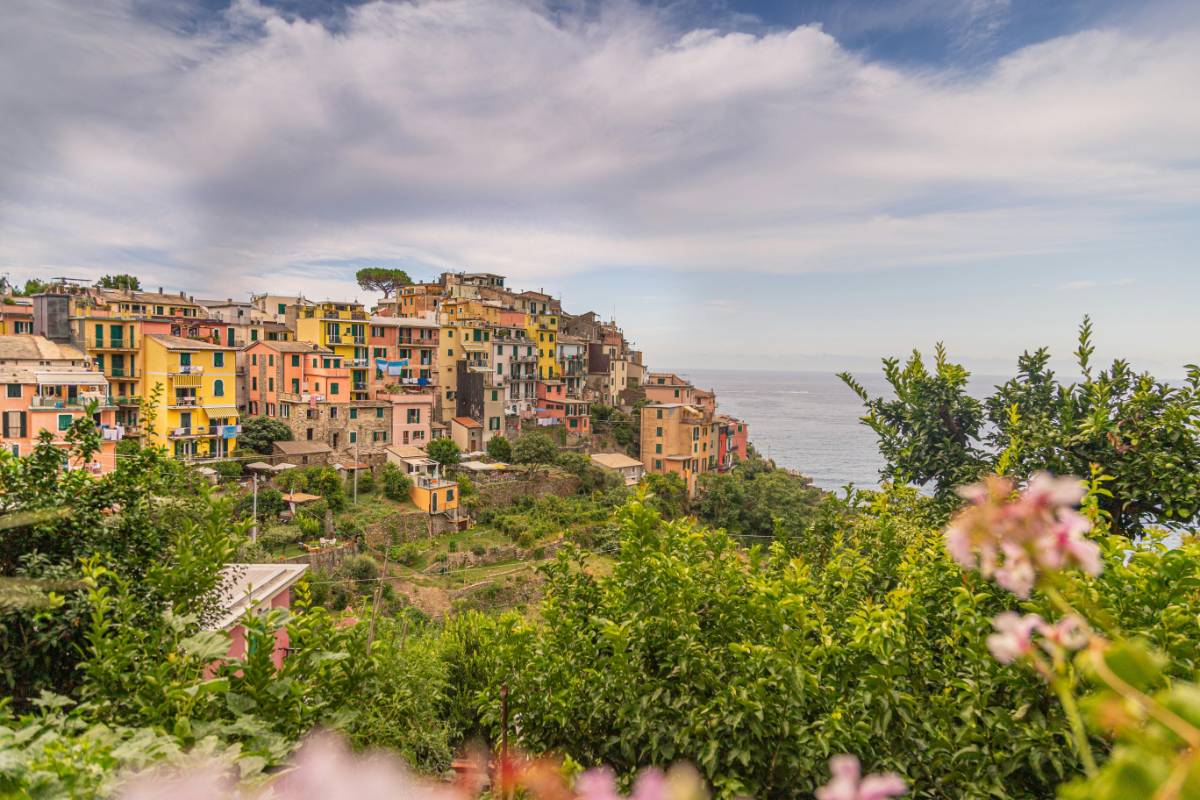
Italy is a country full of rich history, art, and culture, but beyond the well-known cities of Rome, Venice, and Florence lies a treasure trove of lesser-known towns and villages that offer an authentic and peaceful escape. These hidden gems provide a true taste of Italy’s charm and beauty, without the crowds. Here’s an insider’s guide to some of Italy’s best-kept secrets.1342a.jpg***Civita di Bagnoregio, LazioCivita di Bagnoregio is a stunning hilltop village located in the Lazio region of central Italy. Known as the "Dying City," Civita di Bagnoregio is perched on a rocky plateau and can only be accessed by a pedestrian bridge. The village, with its narrow streets and medieval architecture, seems frozen in time. It offers spectacular views of the surrounding valley and is perfect for those looking for tranquility and a step back into history.While the town is small, its charm lies in its quiet streets, ancient stone buildings, and panoramic views. A visit to Civita is like stepping into a fairytale. The village is home to just a few dozen residents, adding to its secluded and peaceful atmosphere.***Matera, BasilicataMatera is one of Italy’s most unique and historic towns. Famous for its ancient cave dwellings, known as the “Sassi,” Matera is a UNESCO World Heritage site that offers an incredible glimpse into Italy’s past. The Sassi are a complex of stone-carved homes and churches, which have been inhabited since prehistoric times.Wandering through the labyrinth of narrow alleys and ancient stone stairways is like traveling back in time. Matera is also known for its local cuisine, including dishes made from the region’s signature grain, farro, and the famous lucanica sausage.***Castelmezzano, BasilicataTucked away in the mountains of Basilicata, Castelmezzano is a picturesque village known for its dramatic landscapes and stunning mountain views. This medieval town is perched on the cliffs of the Dolomiti Lucane mountain range and is a popular destination for hikers and nature lovers.Castelmezzano’s winding streets and charming stone houses are a delight to explore, and visitors can take the thrilling "Volo dell'Angelo" zip line to experience the breathtaking views of the surrounding mountains. The village is also famous for its regional food and wines, making it a hidden gem for food lovers as well.***Orvieto, UmbriaOrvieto is a hilltop town in the heart of Umbria, known for its medieval architecture, stunning cathedral, and panoramic views of the surrounding countryside. The town is built on a volcanic rock plateau, giving it an imposing and dramatic presence. Orvieto is often overlooked by tourists, but it’s a place that offers a mix of history, culture, and natural beauty.The Orvieto Cathedral is a must-see, with its intricately decorated façade and beautiful frescoes. For those interested in history, the town also boasts a network of underground tunnels and caves, which were once used for defensive purposes and to store food and wine.1342b.jpg***Vernazza, Cinque TerreWhile Cinque Terre is a popular tourist destination, Vernazza remains one of its most charming and less crowded villages. Situated on the Ligurian coast, Vernazza is a colorful fishing village that offers stunning views of the Mediterranean Sea. With its narrow streets, vibrant buildings, and quaint harbor, Vernazza exudes charm and authenticity.Visitors can enjoy the stunning scenery by hiking the Cinque Terre trails, which connect Vernazza to the other villages, or simply relax in one of the many cafes overlooking the sea. Vernazza is also known for its excellent seafood, making it a great spot for foodies.***Montefioralle, TuscanyMontefioralle is a small, medieval village located in the Chianti region of Tuscany. Surrounded by vineyards and olive groves, this picturesque town is known for its charming stone houses, cobblestone streets, and stunning views of the Tuscan countryside. Unlike the more tourist-heavy towns in Tuscany, Montefioralle offers a quieter and more authentic Tuscan experience.Wander through the village’s narrow streets, visit the local church of San Bartolomeo, and enjoy a glass of local Chianti wine at one of the village’s small wine bars. Montefioralle is also a great base for exploring the surrounding vineyards and wine estates.***San Gimignano, TuscanySan Gimignano is often referred to as the “Town of Fine Towers” because of its medieval skyline, which is dominated by numerous towers that date back to the 12th century. Located in Tuscany, this charming town offers a mix of history, art, and architecture. Although it’s more known than some of the other hidden towns, it still offers a peaceful and authentic atmosphere, especially if you visit outside the peak tourist season.The town is a UNESCO World Heritage site and boasts a rich history, beautiful frescoes, and excellent local wines. Don’t miss a visit to the Collegiate Church of Santa Maria Assunta, which houses impressive works of art by famous Italian artists.***Pitigliano, TuscanyPitigliano, often called the “Little Jerusalem,” is a stunning town perched on a tufa cliff in southern Tuscany. This unique village is famous for its ancient architecture, including the impressive Pitigliano Cathedral, and its strong Jewish heritage. Pitigliano’s Jewish community has lived in the town for centuries, and visitors can explore the Jewish quarter, visit the old synagogue, and learn about the town’s fascinating history.The town is also known for its wine, particularly the white wine produced in the surrounding vineyards. Pitigliano is perfect for those looking to explore a hidden gem with a rich cultural and historical background.***ConclusionItaly is full of hidden towns and villages that offer a more authentic and peaceful experience than the crowded tourist hotspots. Whether you’re exploring the ancient cave dwellings of Matera or the charming streets of Civita di Bagnoregio, these hidden gems allow you to experience the beauty and culture of Italy in a more intimate way. So, next time you plan your Italian getaway, consider venturing off the beaten path and discovering the country’s best-kept secrets.
By Robert Anthony Brown · 03 Aug 2025
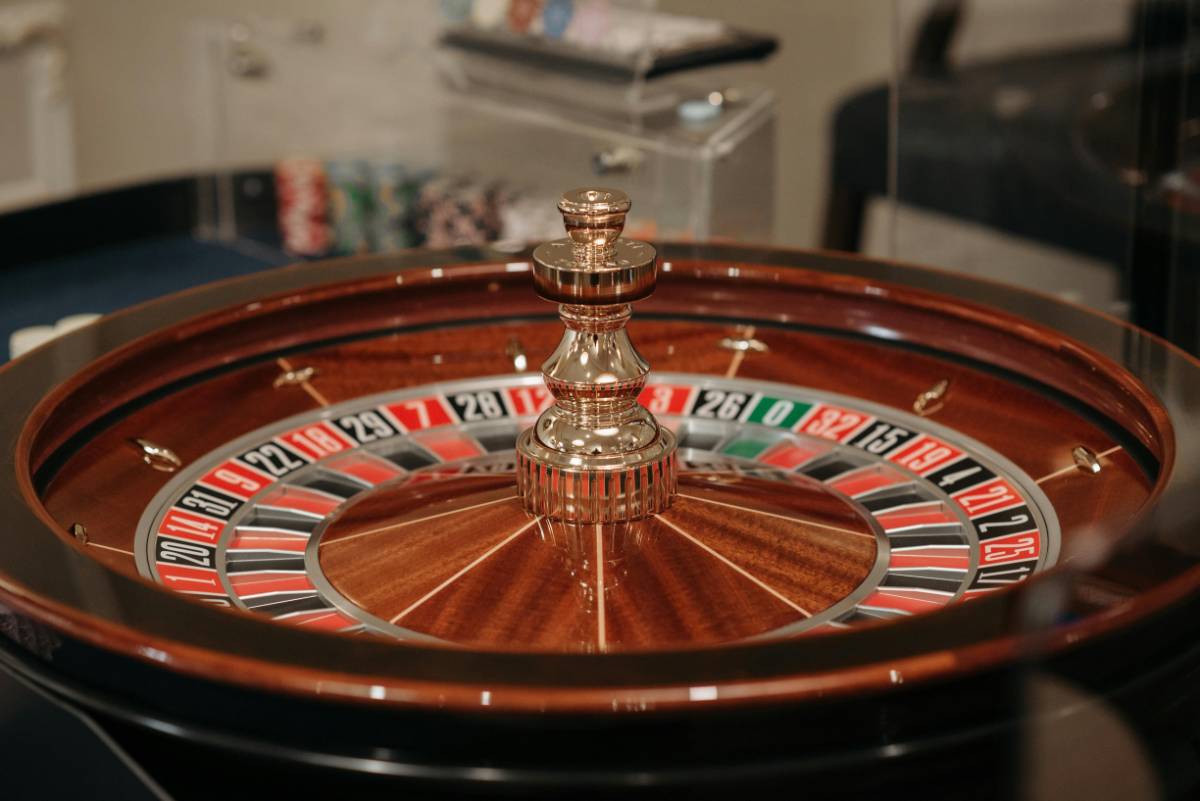
Las Vegas, the world’s gambling capital, is home to countless games of chance, but few shine as brightly on the casino floor as American Roulette. With its iconic spinning wheel, the double zero, and the electrifying energy it generates at every spin, American Roulette has become more than just a table game—it’s a symbol of Las Vegas nightlife. But how did this specific version of roulette, with its unique design and rules, evolve into one of the most recognizable staples in Sin City? The answer lies in its fascinating history, profitability for casinos, and the unmatched excitement it brings to players.***The Origins of RouletteRoulette traces its roots back to 18th-century France, where inventor Blaise Pascal’s experiments with perpetual motion inadvertently inspired the earliest versions of the wheel. The word "roulette" itself means "little wheel" in French. When French settlers and immigrants brought the game across the Atlantic, it didn’t take long for it to catch on. By the 19th century, American gambling houses had embraced roulette but with a twist—adding the double zero (00) to the wheel. This seemingly small adjustment permanently distinguished American Roulette from its European counterpart.***Why the Double Zero MattersThe double zero is more than just an extra green pocket on the wheel—it represents the defining feature of American Roulette. While European Roulette offers 37 slots (0 through 36), American Roulette has 38 slots (0, 00, and 1–36). This difference slightly increases the house edge from about 2.7% in European Roulette to roughly 5.26% in American Roulette. For casinos, this higher edge made the game more profitable, while for players, the presence of the extra zero created a sense of added challenge and suspense. Over time, Las Vegas operators realized that this format perfectly balanced entertainment with profitability, ensuring its dominance on the casino floor.***American Roulette in Early Las VegasDuring the mid-20th century, when Las Vegas transformed from a small desert town into a glittering gambling paradise, casino owners needed games that could appeal to both seasoned gamblers and curious newcomers. American Roulette quickly stood out. Unlike poker or blackjack, which require skill and strategy, roulette offered simplicity: place a bet, watch the wheel spin, and anticipate the outcome. The colorful wheel, the rhythmic movement of the ball, and the variety of betting options—from red/black to single numbers—made it visually captivating. Casino managers often placed roulette tables near entrances to draw crowds in, turning the game into a magnet for excitement.***The Role of Glamour and HollywoodAmerican Roulette’s rise wasn’t just due to mathematics or casino strategy—it was also about image. In countless Hollywood films, roulette became the symbol of high-stakes gambling and elegance. Characters dressed in tuxedos or evening gowns would dramatically push chips onto the table, uttering phrases like "all on red" before the wheel spun. These glamorous depictions etched roulette into pop culture as the game of risk-takers, romantics, and dreamers. Las Vegas casinos embraced this portrayal, using roulette imagery in advertising and promotional campaigns to attract tourists eager to live out their own cinematic moment.***Modern-Day PopularityToday, American Roulette remains one of the most iconic and beloved table games in Las Vegas. Tourists from around the world flock to the city not just for slot machines or poker tournaments but also for the chance to test their luck on the wheel. Casinos continue to feature roulette prominently because it combines simplicity with sophistication. Players can choose between low-stakes bets like red/black or high-risk bets on single numbers, allowing everyone from casual gamblers to seasoned high rollers to participate. Modern innovations, such as electronic roulette terminals, live dealer streaming, and online casino versions, have further boosted its appeal, ensuring the tradition carries on even beyond physical casino floors.***Roulette as a Social ExperienceAnother reason American Roulette became a staple is its inherently social nature. Unlike solitary games such as video poker or certain slot machines, roulette brings groups of people together around a single table. The suspense of the spinning ball, the cheers when numbers hit, and the communal tension make it one of the most interactive games in a casino. This social aspect aligns perfectly with the Las Vegas ethos of shared excitement, nightlife, and unforgettable entertainment.***ConclusionAmerican Roulette became a Las Vegas casino staple not by accident but by design. Its French origins gave it timeless charm, while the American adaptation with the double zero made it more profitable for casinos. Add in the glamour of Hollywood portrayals, the visual spectacle of the wheel, and the social nature of the game, and it’s easy to see why it endures as one of the most beloved attractions in Vegas. Today, whether in the buzzing atmosphere of the Strip or on digital platforms across the world, American Roulette continues to represent the thrill, risk, and glamour that define the spirit of Las Vegas.
By Stefen · 13 Aug 2025